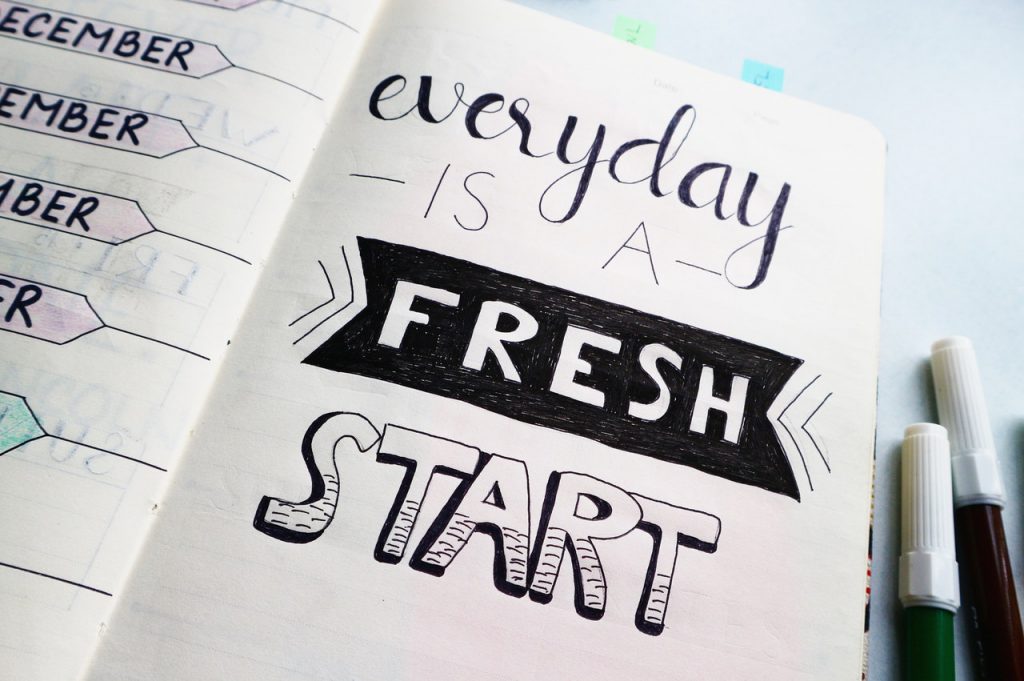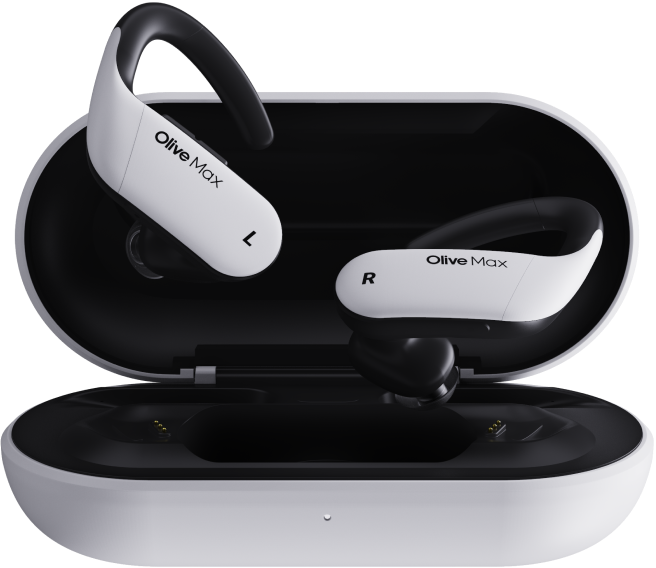
Any electric device will require a certain degree of maintenance, and hearing aids are no exception. Although certain maintenance and repairs should only be handled by professionals, that doesn’t mean you can’t do your best to keep it clean with everyday care. Let us share our tips and advice on how to clean hearing aids!
How Often Should I Clean My Hearing Aids?

Experts say every day.
But this may differ from person to person. The most common antagonist to hearing aids is earwax, and the amount of buildup is different for each person. While earwax is a healthy and normal occurrence in the ear canal, it can create several problems for hearing aids.
Earwax actually comes in many forms; you are most likely familiar with the solid form, but there is also a vapor form of earwax that may penetrate deep into your hearing aid and damage critical mechanical components.
An estimated 60% of repairs are caused by wax or foreign material getting into the internal components of the hearing device. While earwax is normal and should be left alone unless removal is absolutely necessary, it will most definitely corrode the lifespan of your hearing aid unless regularly taken care of.
From a health perspective, because dirty hearing aids can carry bacteria and may lead to problems such as ear infections, it is very important to keep up good hygiene and thoroughly clean your hearing aids frequently.
If you are someone that has more than normal earwax buildup, you should be aware that your hearing aids will need daily care.
Before You Begin…
Now that you know you have to take care of your hearing aids daily, how should you be doing that?
1) Get the proper tools. Check out our Hearing Aid Tools article to get a rundown on what you’ll need to keep your hearing aid in tip-top shape. Avoid wipes with chemicals or alcohol when cleaning as they could damage the devices. Remember to clean the tools you used too!
2) Practice good hygiene! Good hygiene practices like washing your hands and wearing gloves will protect you and the hearing aid from spreading bacteria.
3) Clean them in an apt environment. Considering that hearing aids are electronic devices that are sensitive to temperature, make sure that you are cleaning your device somewhere that is not too hot or too cold. Also, while a bit obvious, do not clean your hearing aids in a dusty old room.
How To Clean In-The-Ear (ITE) Hearing Aids
- Using a brush provided by your audiologist or hearing healthcare professional, remove built-up wax and clean the openings of the device like the microphone ports. If you don’t have a brush a soft-bristled toothbrush can also do well in a pinch. Make sure to hold the device facing downwards so obstructing objects fall out of the hearing aid instead of staying inside.
- Next, clear out the holes of any remaining wax using a wax pick.
- Finish up by wiping down the entire device with a clean, dry cloth or tissue.
How To Clean Behind-The-Ear (BTE) Hearing Aids
- Check the BTE hearing aid device for debris and gently wipe it with a soft brush or a dry cloth.
- First we’ll clean the earmold, so remove it from the hook. Note that some earmolds, especially those made from soft materials, can become discolored and stained over time. The best way to prevent this is by wiping them clean daily and soaking them in warm, soapy water every week. While a slight odor is normal, if your earmolds develop a strong odor it could be a sign you have an ear infection. Make sure to consult your audiologist or hearing health professional every once in a while!
- Put the earmold aside and allow them to dry completely before use.
- Use a bulb blower remove remaining water in the tubing, and then set aside to dry completely.
What Are The Top 4 Causes For Hearing Aid Damage?
Physical Damage
Always remember that hearing aids are sensitive electronic devices that are far from indestructible. Dropping them on a hard surface from any height can damage them severely considering the number of small components inside the device.
To reduce the risk of dropping your hearing aids, make sure you handle them over soft surfaces or sit down while you’re inserting them and taking them out.
Improper Storage
What you do with your hearing aids when you’re not using them can also be a source of damage. For example, don’t store your hearing aids in moist places like bathrooms or hot environments like the car.
Find a cool, dry place and make it a routine to store them there so you never misplace them. Also, make sure to leave the battery flap open. This will allow the compartment to dry out and prolong battery life.
Wearing the Device During Certain Activities

After you get used to wearing your hearing aids, it might become second nature to wear them all the time, but be mindful that some activities you do might be harmful to your hearing aids.
Activities like:
- Swimming
- Using the shower or sauna
- Blow-drying your hair
- Using aerosol products like hairsprays
These activities expose your hearing aids to moisture, heat, and substance build-up that can clog the microphone and the receiver. Even if your hearing aids are water-resistant, most of them are not impervious to moisture if exposed long enough.
Failing to Clean Hearing Aids or Cleaning Them Incorrectly
As mentioned above, earwax buildup is the number one cause for hearing aid repairs so cleaning them regularly is imperative when it comes to prolonging the lifespan of your hearing aids.
Always remember not to use cleaning agents like alcohol which can corrode and damage sensitive components.
In The End
Hearing aids are designed to fit your lifestyle and are built to endure the wear and tear of everyday life to some degree, but they will still require your care and attention to keep them working well. Proper care and maintenance will make sure your hearing aids last you for a long time!
The information in this guide has been written using the following reliable sources:
https://keystoneaudiology.com, https://www.healthyhearing.com, https://www.starkey.com, https://www.healthyhearing.com









